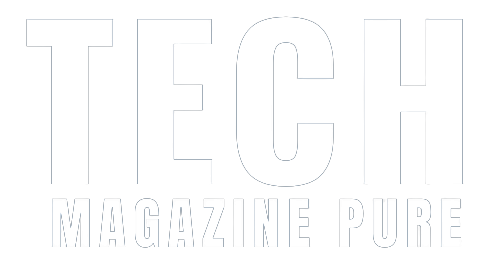In today’s digital world, internet security has become paramount, with cyber threats lurking at every corner. To protect themselves from malware, viruses, and phishing attacks, users often rely on trusted antivirus software like McAfee Total Protection. However, cybercriminals have devised crafty ways to exploit users’ trust in antivirus brands for their malicious schemes. One such method is the “McAfee Total Protection scam email.” In this article, we will delve into the nature of this scam, how to identify it, and steps to protect oneself from falling victim to such phishing attacks.
Understanding the McAfee Total Protection Scam Email
The McAfee Total Protection scam email is a deceptive email campaign orchestrated by cybercriminals with the intention of stealing personal information, financial data, or spreading malware. The email typically appears to be from a reputable source, imitating the official communication from McAfee, a well-known antivirus provider.
Identifying the Scam
- Sender’s Email Address: Carefully inspect the sender’s email address. Scammers often use email addresses that may appear similar to the official McAfee domain but contain slight variations or misspellings.
- Urgency and Fear Tactics: Scam emails often use urgency and fear tactics to prompt users into taking immediate action. They may claim that the user’s account is at risk or that their subscription is expiring soon, coercing them to click on malicious links or provide sensitive information.
- Poor Grammar and Spelling: Many scam emails contain grammatical errors, typos, and spelling mistakes. Legitimate communication from reputable companies is usually well-written and free of such errors.
- Suspicious Links and Attachments: Be cautious of any links or attachments in the email. Hover over the links (without clicking) to see the destination URL. Scammers may use disguised links to redirect users to phishing websites.
- Requests for Personal Information: Legitimate companies like McAfee would never request sensitive information, such as passwords or credit card details, via email. Treat any such requests with suspicion.
Protecting Yourself
- Verify the Source: If you receive an email claiming to be from McAfee Total Protection, cross-check it with official communication from the McAfee website or their customer support. Do not trust unsolicited emails without verification.
- Do Not Click Suspicious Links: Avoid clicking on links in emails unless you are confident about their authenticity. Instead, visit the official website of McAfee manually through a web browser.
- Report Phishing Attempts: If you suspect an email to be a phishing attempt, report it to your email provider and forward it to McAfee’s official support or phishing reporting center.
- Use Email Filters: Enable email filters or spam settings to automatically detect and move suspicious emails to your spam folder.
- Keep Software Updated: Ensure that your antivirus software, web browser, and operating system are up to date with the latest security patches and updates.
- Educate Yourself: Stay informed about the latest phishing techniques and scams. Educating yourself and your colleagues about phishing prevention can significantly reduce the risk of falling victim to scams.
The McAfee Total Protection scam email is a treacherous attempt by cybercriminals to deceive users and gain unauthorized access to their sensitive information. By being vigilant and learning to identify the telltale signs of phishing emails, users can safeguard themselves from falling prey to such scams. Always verify the legitimacy of any email claiming to be from reputable companies like McAfee Total Protection and never disclose personal information in response to unsolicited emails. By staying informed and taking proactive measures, users can protect themselves from cyber threats and enjoy a safe and secure online experience.


